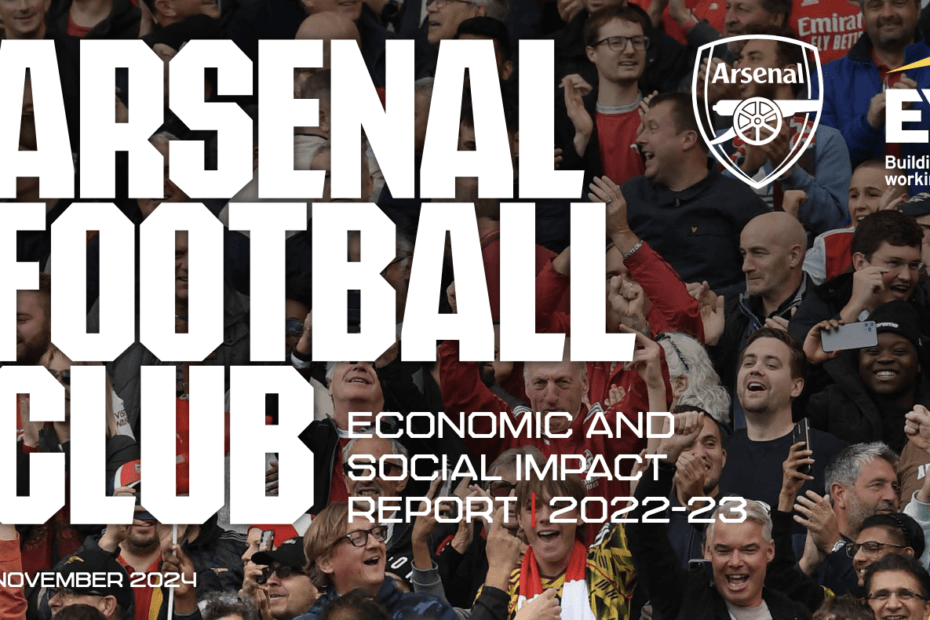On a cold and gloomy morning, as the sleet tried to turn into snow, myself and Karen from the AISA committee made our way to Emirates for breakfast. After we had munched our way through croissants and posh granola in the Diamond Suite, we settled down to listen to Arsenal’s Managing Director, Rich Garlick, launch the club’s social impact report. Rich reminded us that Arsenal’s history is lined with positive stories of Arsenal’s contribution to its local community: in 1886 matchday programme cards were being sold to help fund Homes for Working Boys in Woolwich, and in 1912 a London derby was specially arranged to raise money for the the Titanic Relief Fund.
Most of you will have either seen on the pitch, or read about in the programme, the recipients of all-white shirts representing contributions to the No More Red campaign which aims to keep young people in Islington safe from knife crime. A couple of those young people, one working as a local coach, the other having just completed a broadcast journalism degree, told us about their experiences, which were genuinely inspiring.
Arsenal contributed over £600m GVA (gross added value) to the UK economy (that’s about six Declan Rices) and £228n in local tax revenue. The report told us that 1.6m people visited the Emirates in the season 22/23 with over 174,000 of these coming from overseas. More than 1,900 jobs are supported by the club with 724 full time staff employed directly. I think the message is that Arsenal FC generates a lot of money, and that a lot of that money stays in Islington.
The club is proud of its community work, locally with the Islington Positive Futures Programme for example, and globally with Coaching for Life in Jordan. Not all football clubs do this and I think we can take pride in this aspect of Arsenal’s contribution to things beyond football. As someone who sits on the Arsenal Advisory Board (AAB) I can look Rich Garlick, Josh Kroenke, Tim Lewis and others in the eye several times a season and while I’m aware that this is a multi-million-dollar business, they aren’t simply corporate vampires.
The support for the Women’s Team (since 1985, one of the longest), for the Gay Gooners, Black Arsenal, and disabled supporters is real, not simply spin. Arsenal in Community (which is in house) and the Arsenal Foundation, which is independent but closely aligned, the maintenance of local football pitches, and the support of the Islington Food Bank are examples of a club that recognises the role it needs to play in the community it inhabits.
AISA will always challenge the club to do more, be better, and to never neglect the community which it serves. For a 21st century football club that is now so much bigger, with a much larger reach than ever before. Look around the Emirates on a match day (or indeed any day) and you will see and meet Gooners of every faith and none, from all parts of London and the UL, and the world. Just like the players, coaching and backroom staff, Arsenal fans come from everywhere but our home is in North London and I think the club’s approach to social impact recognises that.
Drew Gray, AISA committee member and Co-Chair of the AAB
